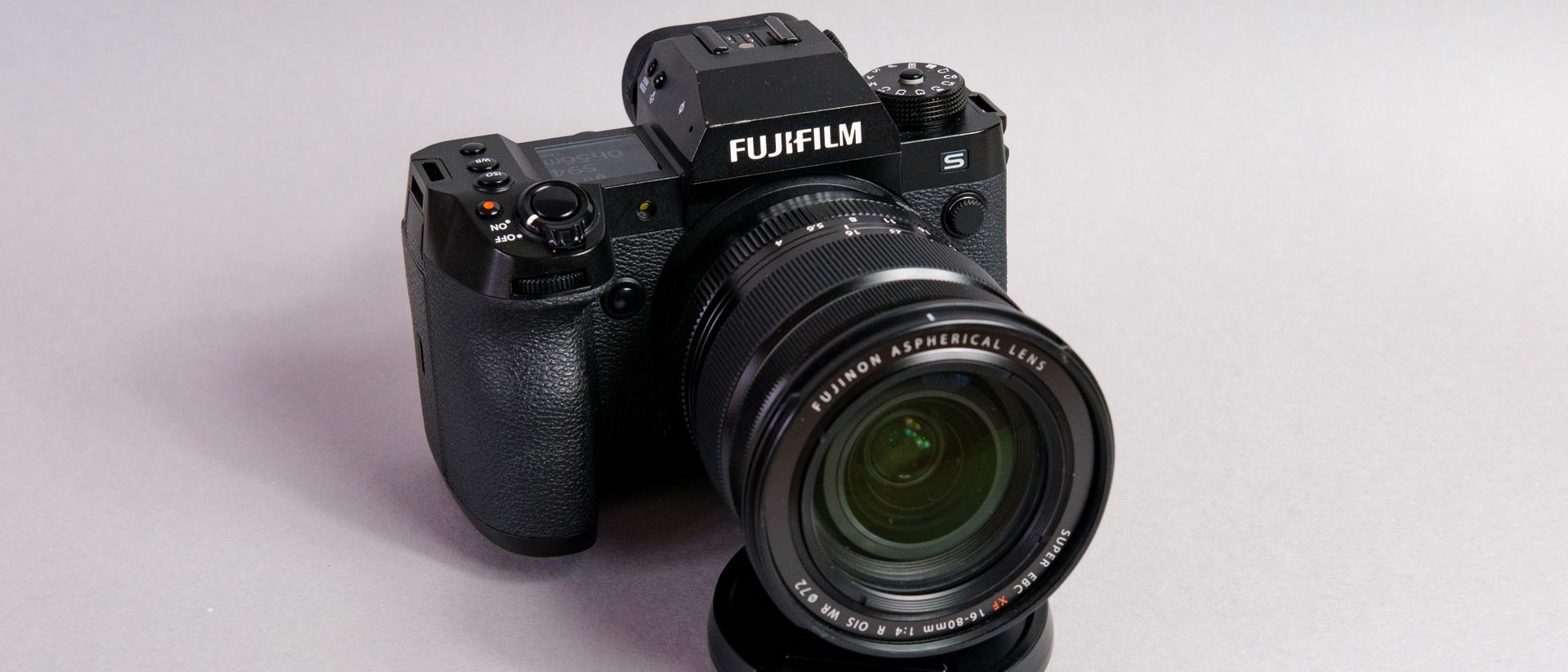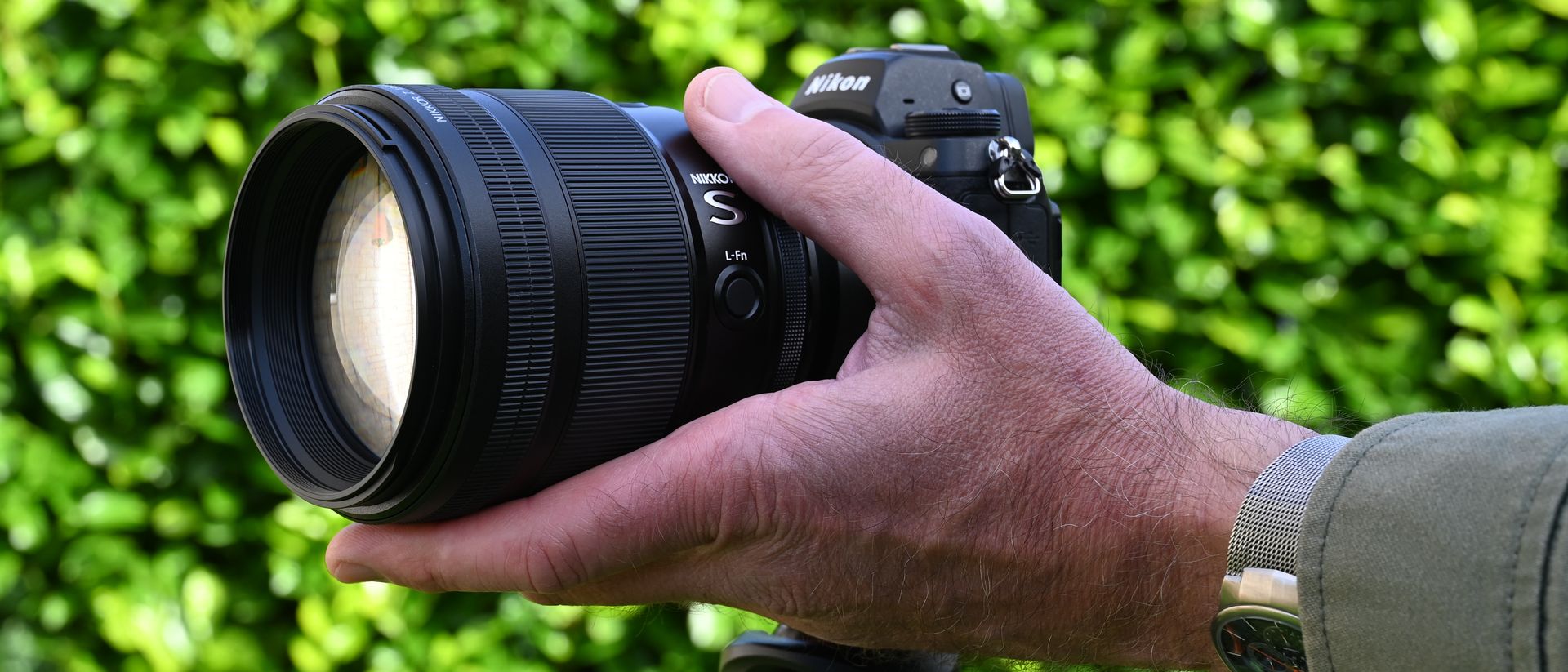Trade in Sony a7C II

(Image credit: PCMag)
The Sony a7C II, priced at $2199.99 for the body only, exemplifies how a few thoughtful adjustments can elevate a good product – in this instance, the Sony a7C priced at $1,799.99 – to greatness. Despite its higher cost, the second iteration boasts a significantly enhanced autofocus system, improved ergonomics, and upgraded video capabilities. Moreover, it maintains the impressive battery life and lens compatibility of the original model. While it lacks some of the professional features found in the pricier, Editors’ Choice-winning a7 IV priced at $2,499.99, the a7C II serves as an outstanding alternative for travelers and content creators who favor a more compact, lightweight full-frame camera.
A Tale of Two Compacts
Sony faced some unfortunate timing when they launched the initial a7C. Their inaugural travel-oriented full-frame camera made its debut during a period when a significant portion of the population was still under lockdown due to the COVID-19 pandemic. Nevertheless, Sony clearly struck a resonant note, prompting them to release a follow-up model relatively swiftly. The appeal is readily apparent, with a more streamlined top plate and a corner-mounted viewfinder that enhances the camera’s portability, allowing it to fit comfortably into your carry-on bag compared to bulkier alternatives.
To underscore Sony’s firm commitment to the compact full-frame camera concept, they offer a companion model alongside the a7C II: the a7CR. These two cameras may share an identical appearance, but they differ internally. The a7C II benefits from a blend of the a7 IV’s 33MP sensor and the a7R V’s AI-powered subject recognition system, whereas the a7CR adopts both the 60MP sensor and autofocus system of the a7R V. In broad strokes, the a7C II is the preferable choice for hybrid creators or those who prioritize low-light image quality over sheer resolution, while the a7CR excels in scenarios where image detail takes precedence.
We are Tradelectronics, licensed second-hand electronics dealer located in Sydney CBD, experts in trading used laptops, old cameras & lens, and used mobile phones. Fast, Reliable & We Pay More! Get a free quote on your favourite WhatsApp, Facebook, SMS & Email, instant reply!
| Click icon for WhatsApp Quote | Click icon for facebook Quote |
 |
 |
- We are open from Mon – Sat 12pm – 7pm
- Get your free quote from WhatsApp and Messenger are highly recommended, we can guide you through in finding the accurate specs for your laptops, cameras & lens, mobile phones as well. As such we can provide a more precise quote for you.
Are You Sure That’s Full Frame?
The a7C II stands out as the most slender full-frame camera featuring both an EVF and a stabilized imager that I’ve had the opportunity to test. Its dimensions come in at 2.8 by 4.9 by 2.5 inches (HWD), and it tips the scales at 18.1 ounces, excluding a lens. To put this in perspective, Sony’s crop-sensor a6700 is only marginally slimmer. It’s entirely reasonable to regard the a7C II as a full-frame equivalent to the a6700.
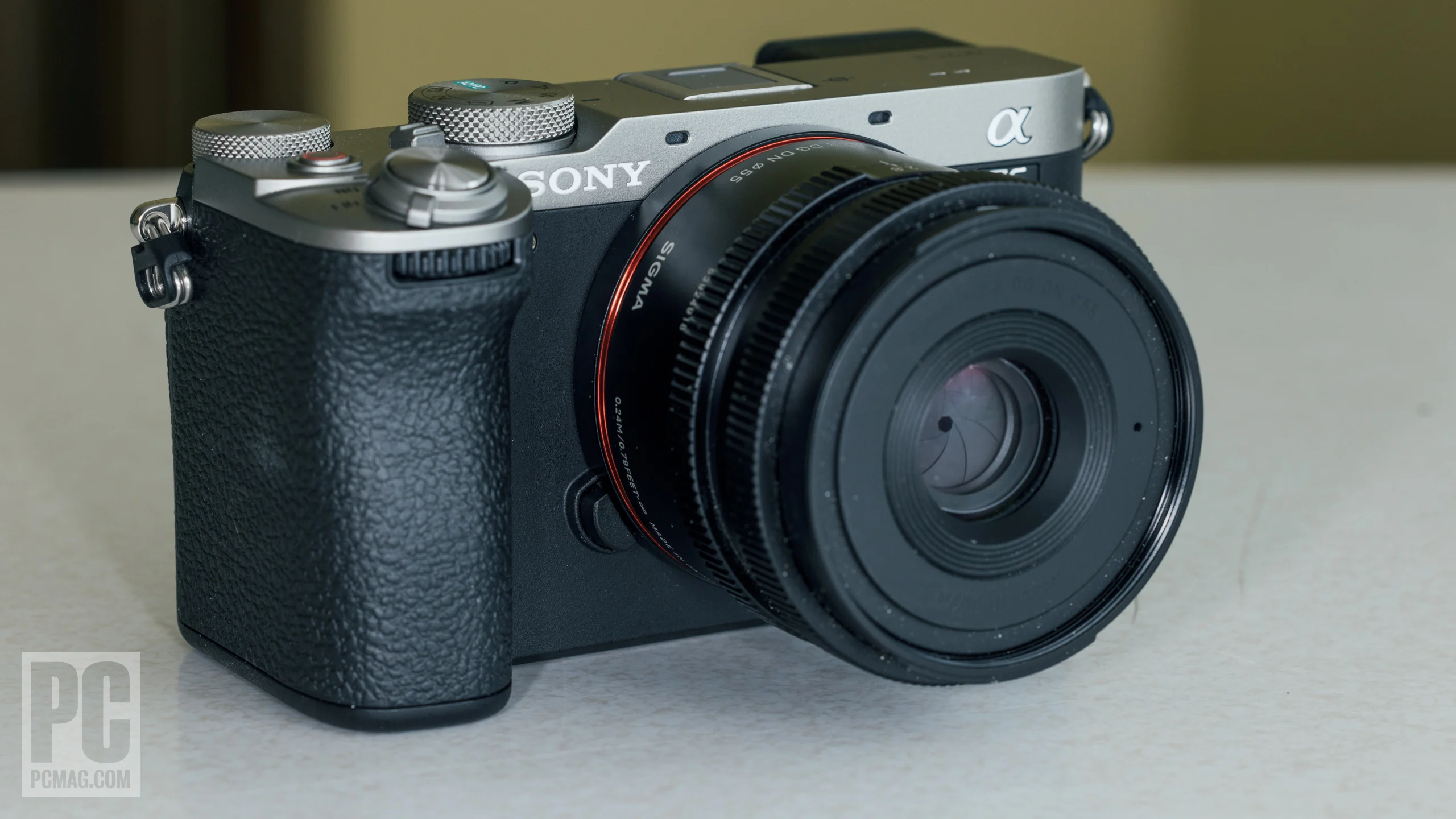
(Image credit: PCMag)
In contrast to more conventional cameras like the Sony a7 IV (measuring 3.8 by 5.2 by 3.1 inches and weighing 1.4 pounds) or the Canon EOS R6 Mark II (measuring 3.9 by 5.4 by 3.5 inches and weighing 1.3 pounds), the disparity becomes even more noticeable. The a7C II occupies approximately half the space of these larger counterparts.
Remarkably, despite its compact size, the a7C II doesn’t compromise much in comparison to the bulkier a7 IV. It includes an integrated handgrip, an electronic viewfinder, and an articulating display. These features are notably absent in the smallest full-frame cameras on the market, such as the Sigma fp and fp L. These cameras are designed for use with additional add-ons and accessories, and their need for customization makes them suitable for more specialized use cases.
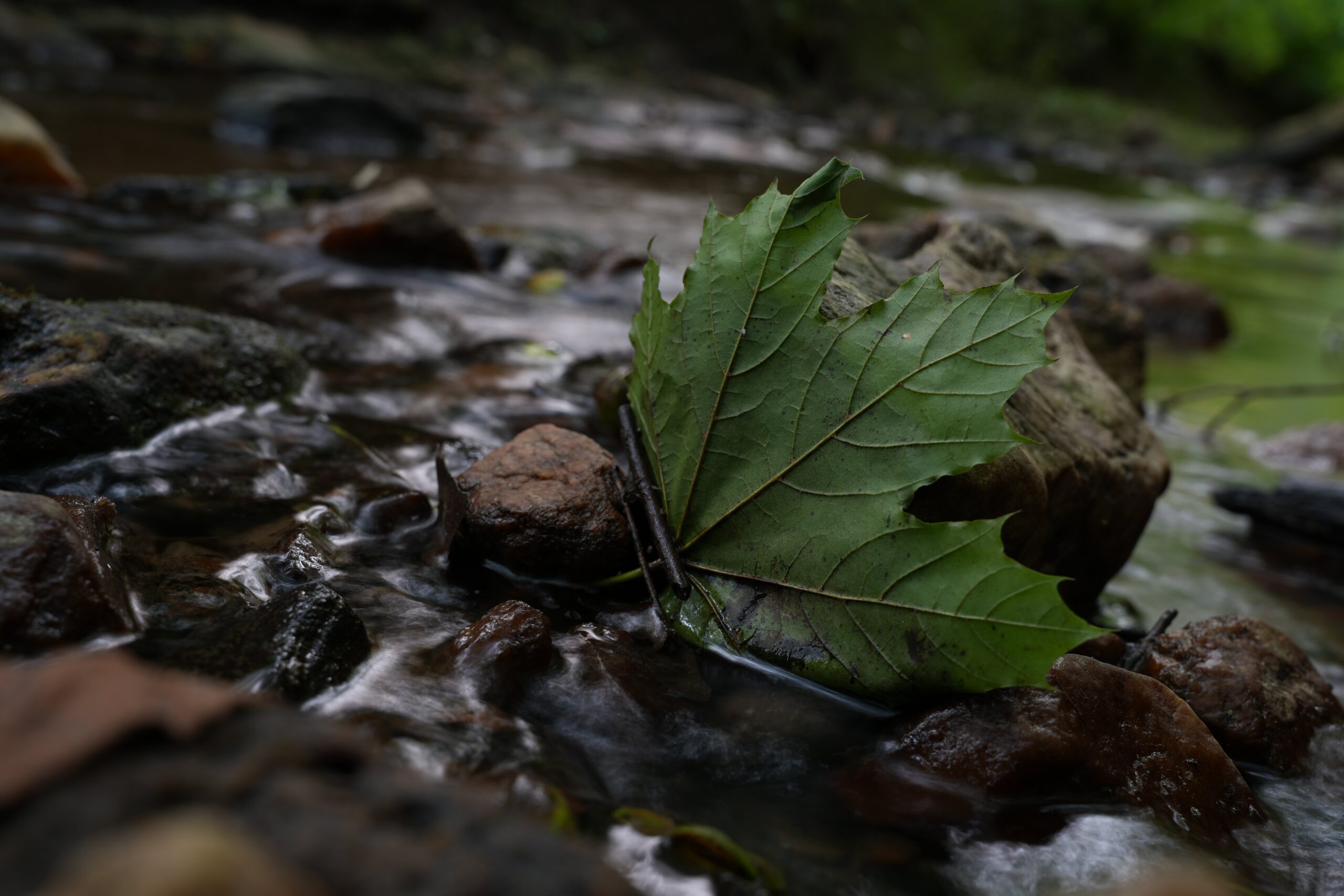
(Image credit: PCMag)
Sony consistently incorporates weather sealing into its full-frame cameras as a standard practice. Although the a7C II lacks an official IP rating, it does come equipped with dust and splash protection, in addition to featuring a robust magnesium alloy chassis. While I didn’t have the opportunity to assess the camera’s performance in inclement weather, Sony’s track record suggests that its weather sealing can withstand rainy conditions admirably.
The a7C II is offered in either black or silver, with the latter being the variant I had for testing. When purchased as a kit, it comes bundled exclusively with the compact FE 28-60mm F4-5.6 lens, and this combination is priced at $2,499.99. The 28-60mm lens is appropriately small, although it wasn’t included for testing alongside the camera.

(Image credit: PCMag)
During my testing period, I primarily relied on a pair of medium-sized zoom lenses: the FE 24-70mm F4 G and the FE 16-35mm F2.8 GM II. Both lenses complemented the camera effectively, although I found a particular fondness for the combination of the A7C II and the compact Sigma 45mm F2.8 Contemporary lens. Additionally, any of Sony’s compact prime lenses, such as the 40mm F2.5 G, make for excellent pairings. With a vast selection of autofocus lenses available from both Sony and third-party manufacturers, you’ll have no trouble discovering a lens that suits your preferences.
Improved Handling and Controls

(Image credit: PCMag)
The a7C II improves its ergonomics compared to the original version, thanks to the addition of a new front control dial. However, it still lags behind the a7 IV in this regard. The larger a7 IV provides space for an eight-way focus controller, a valuable tool for capturing fast-paced subjects like sports or wildlife. The a7C II, lacking a joystick, is less ideal for these types of photography. While I previously criticized Sony for employing a similar approach in the performance-oriented a6700, it’s less of a concern here because the a7 IV is available for a slightly higher price. Additionally, larger telephoto lenses balance more effectively with the a7 IV.
The handgrip of the a7C II works well with medium-sized zoom lenses. However, I would recommend opting for F4 lenses rather than F2.8 options due to the slightly tight space between the lens mount and the grip. If you require more surface area to hold onto, Sony offers a grip accessory that adds three-quarters of an inch in height. While I found it useful when using the camera, I do question its value at the price of $159.99. For creators who use Arca-Swiss tripods, a baseplate grip with dovetail cuts for direct mounting is a better choice, as Sony’s solution still necessitates the addition of a quick-release plate.
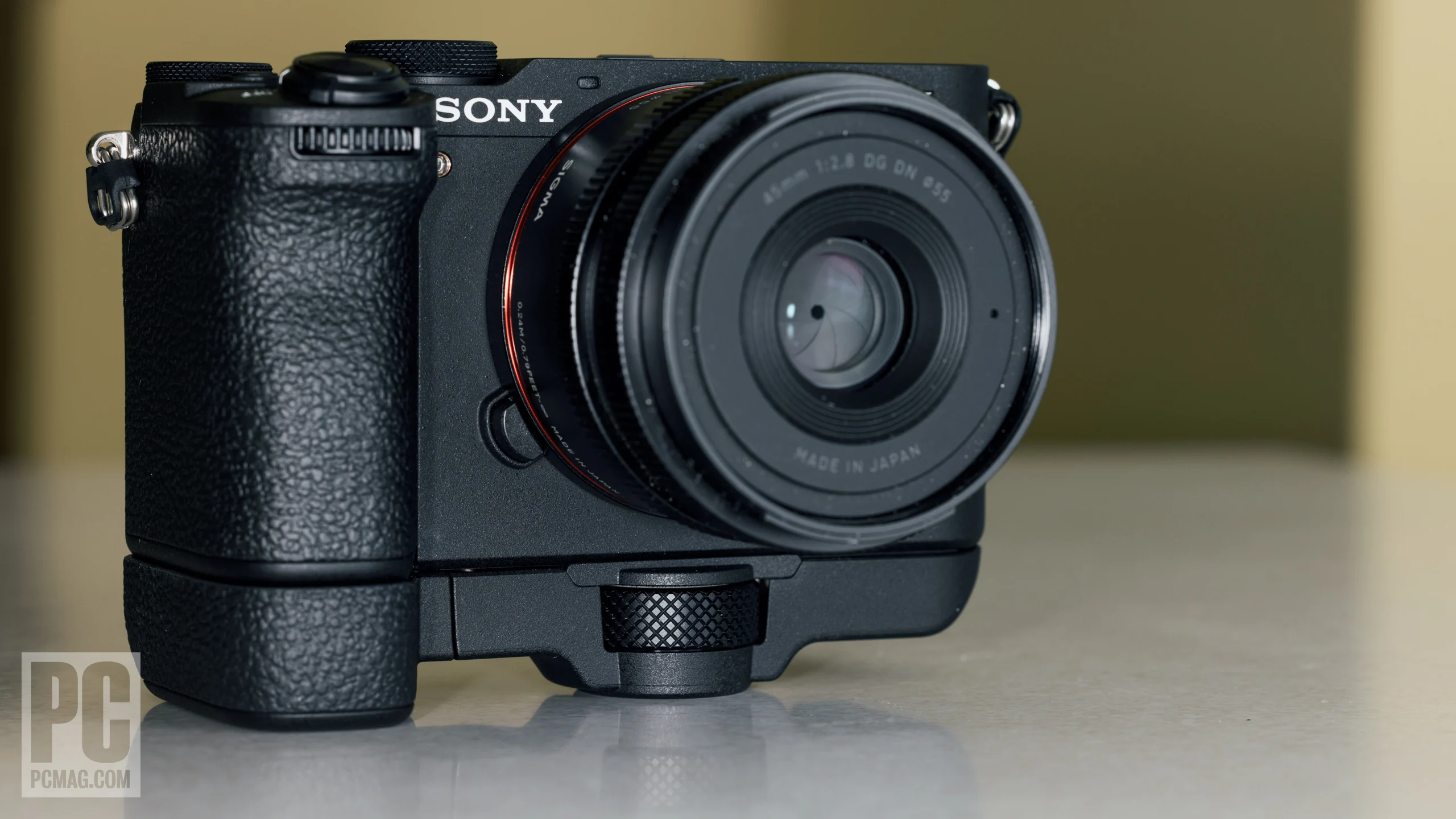
(Image credit: PCMag)
As previously mentioned, there’s a newly added control dial positioned at the front of the grip, complementing the two rear dials. With these three dials at your disposal, adjusting aperture, shutter speed, and exposure value settings becomes a straightforward process. The top plate controls include the On/Off switch, shutter release button, Record button, PASM Mode dial, and a toggle for switching between Photo, Movie, and S&Q (Slow and Quick Motion) modes. The Mode dial incorporates three customizable slots, in addition to a full Auto mode for added flexibility.

(Image credit: PCMag)
Sony manages to incorporate a flat command dial, AF-ON button, Fn button, Play button, and Delete/C3 button on the rear of the camera, alongside a raised thumb rest for comfortable handling. Located a bit higher up, above the LCD, are the Menu and C1 buttons. Most of these buttons are customizable to suit your preferences. Additionally, you can utilize directional presses of the rear dial to adjust the focus point, partially compensating for the absence of a dedicated focus controller.
The rear display serves as a touchpad for focus control, functioning either as a selection monitor or as a touch surface when you’re using the camera with your eye to the viewfinder. I find the latter method generally convenient, but it can be a bit imprecise and shaky to manage at times.
A Touch-Forward Menu System
The a7C II ditches the original top-tabbed menus in favor of a fresh, color-coded side-tabbed interface. This not only reorients the menu for more efficient navigation but also introduces full touch functionality, making menu navigation even more intuitive. Furthermore, there’s a handy home page that provides quick access to common settings. You also have the flexibility to personalize a My Menu section according to your specific preferences.

(Image credit: PCMag)
The longstanding Fn overlay menu remains unchanged and, like the full menu, now incorporates touch input functionality. Simply tap the Fn button to display it on the rear screen. This menu provides 12 customizable slots, and the default arrangement thoughtfully includes settings for creative picture profiles, metering, focus patterns, subject recognition, white balance, and file formats. It’s a flexible setup as you can swap out any of these slots to suit your preferences. Additionally, you have the option to configure a distinct menu for video settings, including options that are unrelated to photography, such as audio levels.
Displays Lag Behind Competitors
The a7C II incorporates a vari-angle display, which has become the standard choice for hybrid cameras. This screen can be swung out to the side of the camera and rotated for viewing from various angles – front-facing, top-down, or low-angle perspectives. It also includes a helpful extra-bright Sunny Weather setting, making it visible even in bright outdoor conditions. However, the display’s resolution is somewhat underwhelming, with only 1.04 million dots, so for tasks requiring precise focus, it’s advisable to switch to the viewfinder.
Sony continues to lag behind its competitors when it comes to monitor quality, and this camera doesn’t change that trend. For comparison, the larger R6 Mark II and Nikon Z 6 II both feature sharper rear displays with resolutions of 1.62 million dots and 2.1 million dots, respectively.

(Image credit: PCMag)
The electronic viewfinder, while improved compared to the one on the original a7C (which had a 0.59x magnification and 2.4-million-dot resolution), still falls short in terms of competitiveness. It features a 0.70x magnification, a resolution of 2.4 million dots, and a selectable refresh rate of 60 or 120fps, delivering a clear and bright image to the eye. However, in terms of size, it’s more in line with what you’d find on an enthusiast APS-C camera. For comparison, the Sony a7 IV boasts a larger and sharper viewfinder with a 0.78x magnification and 3.7 million dots, while the Canon R6 Mark II also offers a viewfinder with a 0.76x magnification and 3.7 million dots, making them more appealing options in this aspect.
Power and Connectivity
The a7C II is powered by Sony’s reliable FPZ-100 battery, known for its impressive endurance in other camera models. In this camera, you can expect it to last for approximately 530 exposures or around 165 minutes of video recording on a single charge. This means you should be able to go through a full day of shooting without needing to recharge or switch to a spare battery. The camera supports portable charging via USB-C, although it’s worth noting that you’ll need to provide your own cable and AC adapter, as these are not included in the package. Additionally, the box does not come with a wall charger. While Sony’s first-party charging accessories can be quite expensive, third-party options are a more budget-friendly alternative and work just as effectively.
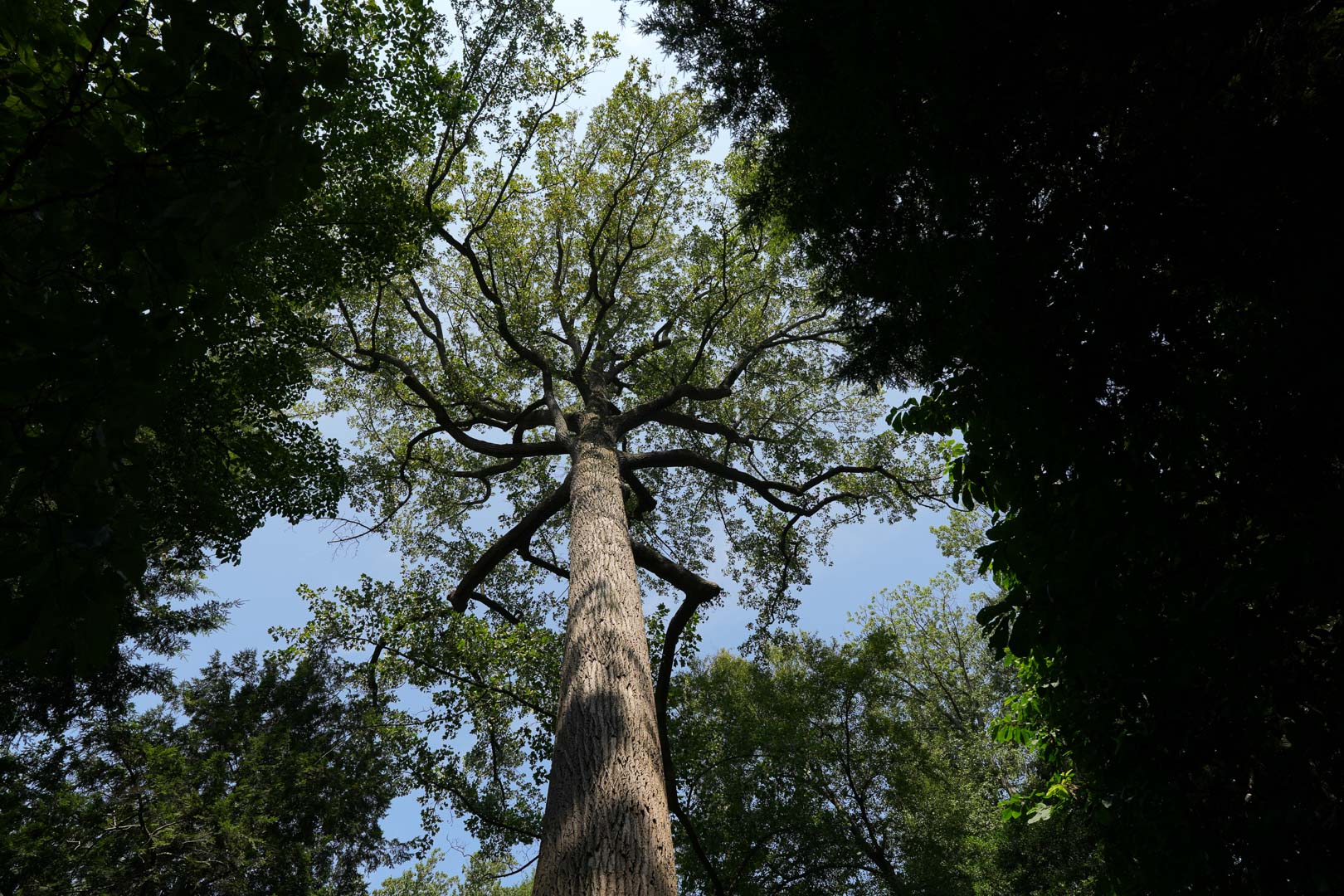
(Image credit: PCMag)
I had no issues using Apple and DJI chargers with the camera, and a budget-friendly Amazon Basics USB-C-to-USB-C cable worked just fine as well. The USB port also proves to be quite handy for live streaming since it supports UAC/UVC plug-and-play streaming. This means you won’t need any additional software to utilize the a7C II as a webcam.
On the left panel, you’ll find 3.5mm headphone and microphone jacks, along with a micro HDMI port that offers clean 4:2:2 output. This feature allows you to connect an external recorder like the Atomos Ninja V if you wish to capture in ProRes. However, it’s worth noting that the camera provides only a single UHS-II SDXC slot as your storage option. This might be a bit underwhelming for some, especially when compared to the a7 IV, which offers slots that support faster CFe cards in addition to SDXC cards.

(Image credit: PCMag)
The camera works with the Sony Creators’ App (available for Android and iOS) and connects with your smartphone using Bluetooth and dual-band Wi-Fi. It’s easy enough to set up a connection via the app. Once you do, you can wirelessly send media to your phone or use the app as a remote control with a live feed from the lens.

(Image credit: PCMag)
Sony includes some accessibility features in its cameras, which is somewhat rare. In the case of the a7C II, there’s a screen reader to help creators with visual impairments navigate menus, as well as a text magnification option.
Smart, Reliable Autofocus
The a7C II reuses an existing autofocus system, the same one found in last year’s a7R V. This system represents an upgraded version of the Real-Time Tracking system from the a7 IV, benefiting from a dedicated AI processor. While the use of the term “AI” may be somewhat of a marketing strategy, it doesn’t diminish the exceptional performance of this system. It excels in capturing subjects, particularly when it comes to people, thanks to its comprehensive body and motion analysis, which complements its already outstanding face and eye detection capabilities. Additionally, it includes a robust selection of other subject recognition modes, such as Animals, Birds, a combined Animals/Birds mode, Insects, Cars/Trains, and Planes. In fact, it offers more modes than the a7 IV, and some of these modes have been improved. For instance, in addition to tracking entire human bodies, the AI-enhanced system now delivers more accurate eye detection for horses.

(Image credit: PCMag)
The subject recognition options are compatible with any focus pattern, including the wide-area mode that encompasses nearly the entire picture area with a combination of hybrid phase and contrast detection points. Personally, I find it particularly effective when used in conjunction with Real-Time Tracking, a mode that allows the camera to continuously follow a moving subject after initially locking focus. Sony’s tracking system has consistently been regarded as best in class due to its precision and capability, and the addition of subject recognition features only enhances its performance. It’s worth noting that Canon’s system is a very close competitor in this regard.
As mentioned earlier, the a7C II may not be the ideal choice for sports photography, especially when using large telephoto lenses that are often necessary for such scenarios, despite the camera’s capable focus system. Nonetheless, portrait photographers, whether photographing people or pets, can still benefit from the camera’s precise tracking and subject recognition capabilities.

(Image credit: PCMag)
As proficient as the focus system may be, the a7C II encounters some challenges in more demanding shooting scenarios due to its slightly cumbersome focus point manipulation. While the wide-area mode performs well in scenes with few obstructions, tracking a specific player on the field or capturing a songbird hidden among branches may require switching to single-point focus. These are situations where having a dedicated joystick control would be beneficial, making the a7 IV a more ergonomic choice in this regard. I’m not suggesting that you can’t capture those shots with the a7C II—the D-pad and rear touchpad can serve as decent alternatives—but they are not the optimal choice.
The a7C II offers a burst rate of 10fps for JPGs or Compressed Raw, but it drops to a more moderate 6fps when shooting in Uncompressed or Lossless Raw. The camera’s buffer is capable of handling extended bursts, with approximately 24 Uncompressed, around 50 Lossless or Compressed Raw, and 125 JPGs in my tests using a Sony Tough 299Mbps SDXC card. The a7 IV delivers the same burst rates, but its CFe memory card support eliminates the need to contend with buffer limitations. On the other hand, the R6 Mark II is a better choice for action and speed, as it supports 12fps with a mechanical shutter and offers a rapid 40fps with an electronic shutter.
In order to maintain its compact design, Sony employs a single-curtain mechanical shutter in the a7C II, a choice that might raise some concerns among discerning photographers. This shutter incorporates an electronic-first curtain, which can sometimes result in peculiar shapes in defocused highlights when using wide-aperture lenses. While this is a relatively minor concern overall, you may already know whether or not it will bother you.
A more substantial concern is that the mechanical shutter restricts flash sync to 1/160-second, as opposed to the 1/250-second sync speed offered by the a7 IV. There is also a fully electronic shutter option available, which bypasses potential bokeh quality concerns. However, its readout speed may not be fast enough to synchronize with a flash and could potentially introduce rolling shutter distortion when capturing moving subjects.
A Sized-Down a7 IV
The imaging engine in the a7C II is a blend of various technologies, some older and some newer. It features the same 33MP BSI CMOS sensor as the a7 IV but incorporates a more advanced Bionz XR processor and an entirely new image stabilization system. The stabilization system boasts the potential for up to 7 stops of compensation, which is an improvement over the 5.5 stops offered by the a7C. In my own tests with the camera, I managed to capture sharp photos with exposures as long as 1/2-second, although I encountered difficulties in obtaining satisfactory results at 1-second exposures. Naturally, the outcome may vary depending on how steady you can hold the camera.
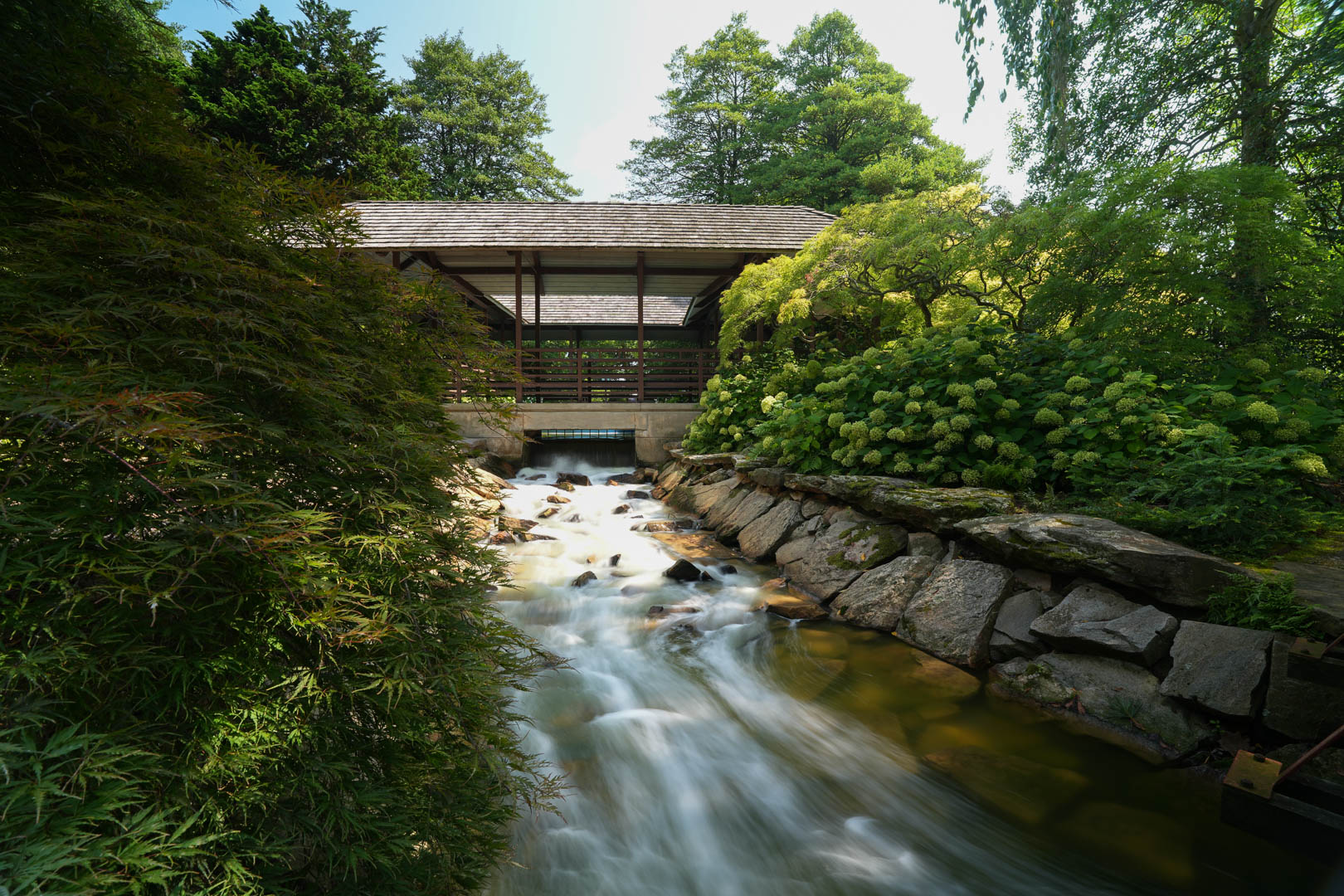
(Image credit: PCMag)
The sensor in the a7C II offers a wide ISO range, spanning from 100 to 51200 in default settings, and extending even further to 50-204800 in the extended settings. The camera produces clear and clean JPG or HEIF images with no loss of clarity up to ISO 1600. Images shot up to ISO 25600 still look quite good, with only a slight drop in contrast. However, at ISO 51200 and 102400, the fine lines in my ISO test scene start to blend together, resulting in images with a somewhat waxy appearance. Picture quality takes a substantial hit at ISO 204800, with the fine lines disappearing completely and noticeable noise, despite the best efforts of Sony’s processing engine.
The camera offers various color profiles, or Creative Looks, to choose from in JPG or HEIF capture modes. The default setting is the standard (St) profile, but you can also opt for portrait (Pt), natural (Nt), vivid (VV and VV2), sepia (Se), and black-and-white (BW) options. Additionally, there’s a mode that emulates the look of instant film (In), a landscape option that emphasizes greens (Fl), and a soft look (Sh). These profiles can be quite handy if you prefer to avoid extensive editing and color correction. The Fl option, in particular, works well for capturing wooded scenes.
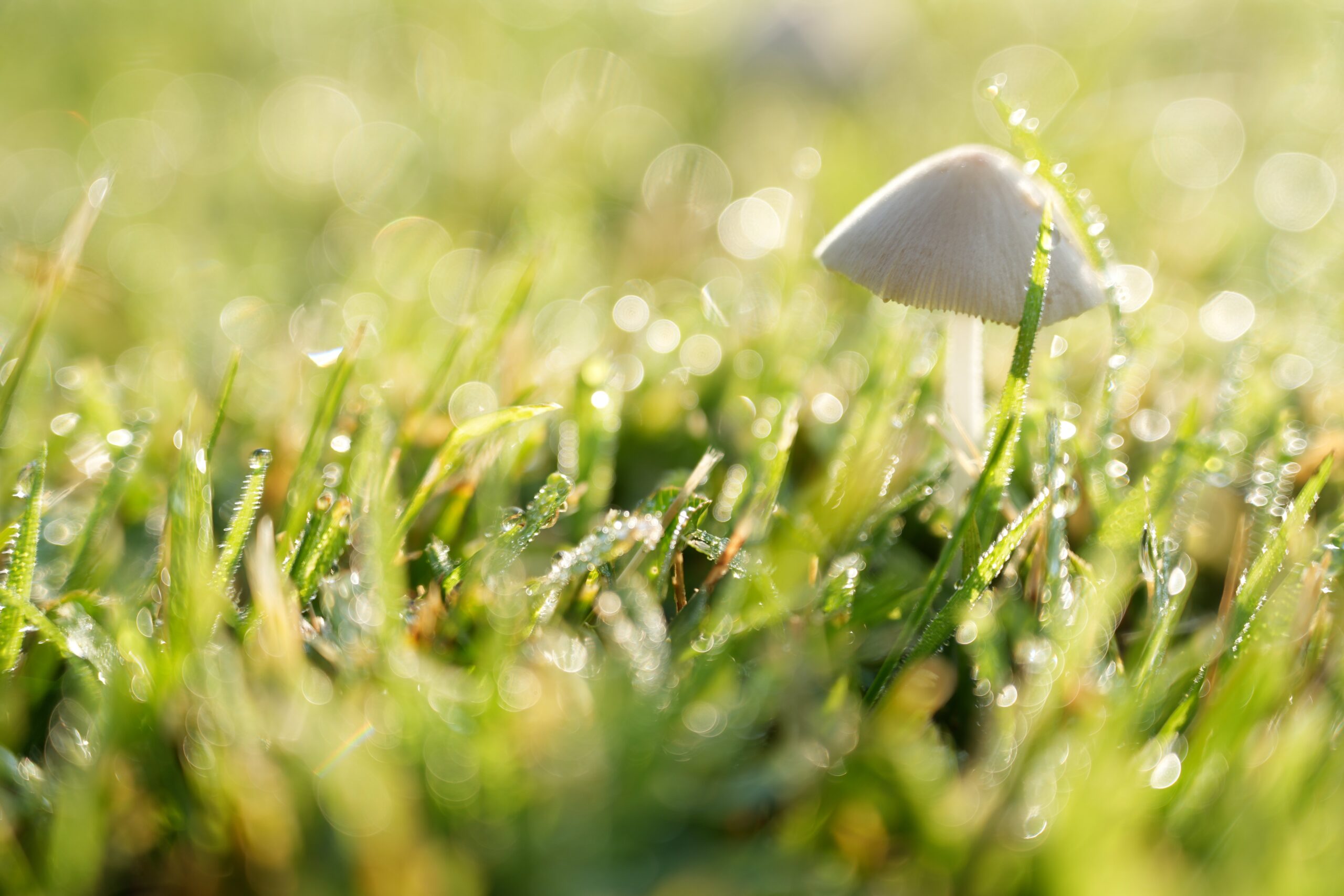
(Image credit: PCMag)
For photographers seeking greater control over the appearance of their photos, it’s advisable to configure the camera to one of the several Raw modes available. These selections save image files with significantly more data compared to JPG or HEIF formats, allowing for extensive adjustments to dynamic range, exposure, color, and creative editing without any degradation in quality. In contrast, with JPG files, colors tend to deteriorate rapidly when making exposure adjustments.
There are various Raw options to choose from, including 12-bit Compressed Raw, 14-bit Uncompressed Raw, Lossless Compressed Raw Large (33MP), Lossless Compressed Raw Medium (14MP), and Lossless Compressed Raw Small (8.2MP). Personally, I opt for Lossless Compressed with Sony cameras, as it offers ample room for editing while maintaining more manageable file sizes compared to Uncompressed. If you find 33MP to be excessive, the Medium and Small options deliver the same picture quality and editing flexibility but at lower resolutions.
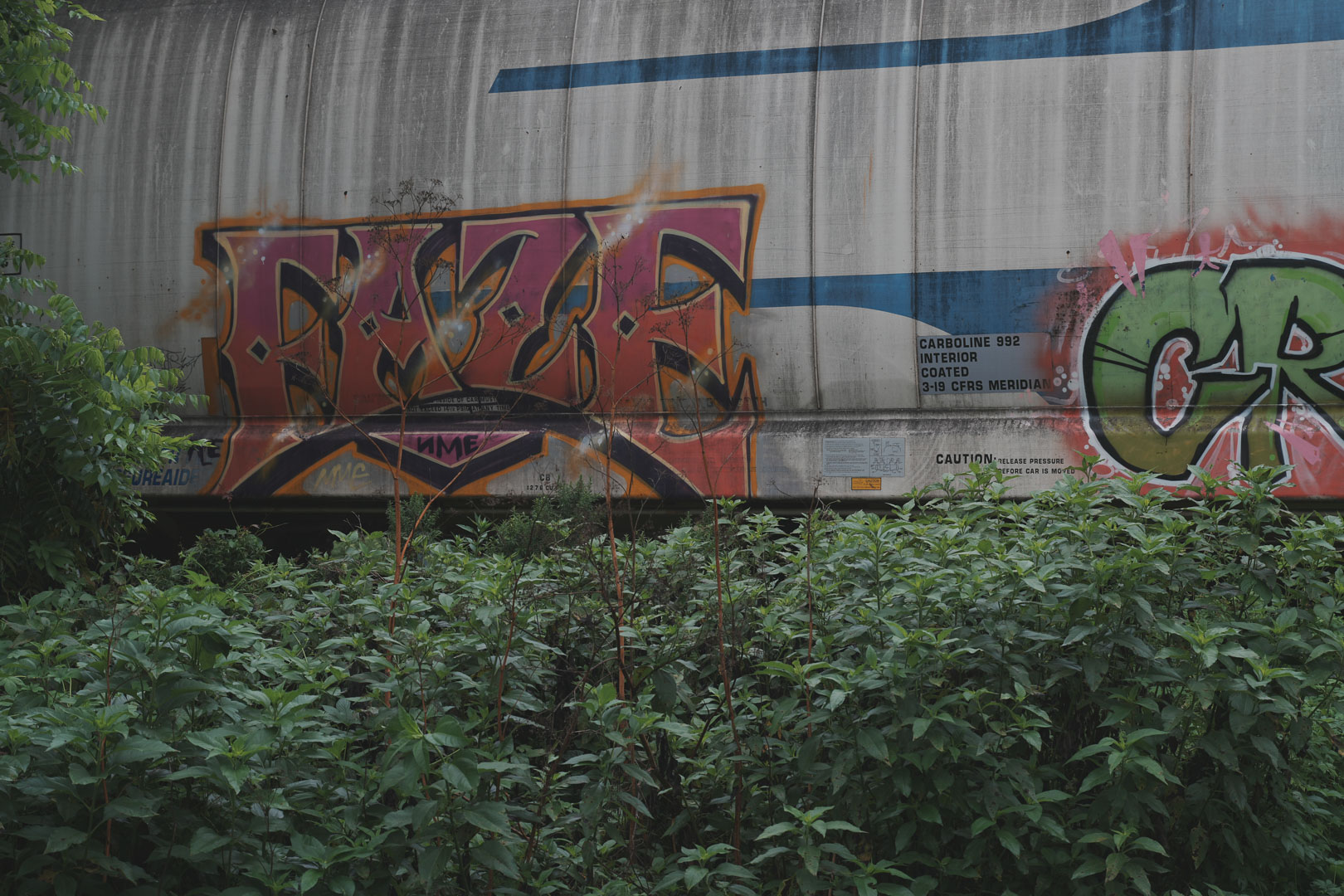
(Image credit: PCMag)
I didn’t get a chance to look at the Raw images ahead of completing this review—our standard processor, Adobe Lightroom Classic, does not yet support a7C II files. That said, I expect the output to match that of the a7 IV, which delivers clean, detailed output through ISO 800, and excellent results through 12800. I see some luminance noise at ISO 25600 and 51200, but that effect does little to obscure the very fine lines in our ISO test scene. Pushing to ISO 102400 and 204800 introduces a slight green cast to photos and increases noise to a level that devours textures and other fine details.
Stabilized 4K With 4:2:2 Color
The a7C II is a full-featured video camera. It records 4K30 with the full width of the sensor, offers 10-bit 4:2:2 color, and supports 4K60 with a Super35 (APS-C) crop. It extends the frame rate to 4K120, also with a crop, in S&Q mode for anywhere from half-speed (60fps) to fifth-speed (24fps) output. The 10-bit color support puts the a7C II in the same league as the EOS R6 Mark II and Panasonic S5 II, though both of those support full-width 4K60.

(Image credit: PCMag)
For video recording, the a7C II offers a range of options to cater to different preferences and scenarios. You can choose from any of the Creative Look profiles for footage that’s ready for editing, HLG (Hybrid Log-Gamma) for delivery to HDR displays, S-Cinetone for a film-like color grade, or S-Log2 and S-Log3 for a flat, editing-friendly look. Autofocus functions in video mode just as it does for stills, ensuring smooth and accurate focus transitions.
While Sony may not specifically market the a7C II to vloggers, it retains all the automated framing assist features found in the ZV-E1. This mode incorporates push-ins and pans to enhance the dynamism of footage, making it especially beneficial for vloggers who both operate the camera and appear on-screen.
In terms of video quality, the camera generally delivers excellent results. The oversampled 4K footage is sharp, and the built-in sensor stabilization effectively reduces the effects of handheld jitters. However, it’s worth noting that rolling shutter can be a concern, potentially causing wobbling in handheld shots and a rubbery motion effect when capturing moving subjects traversing the frame.

(Image credit: PCMag)
One notable advantage of the a7C II is its support for focus breathing compensation with select Sony lenses, which can be particularly beneficial for video work. Additionally, the camera performs well when it comes to long-form recording. I was able to record more than 90 minutes of continuous 100Mbps 4K60 video without experiencing any heating issues.
Regarding audio, the in-camera microphone performs adequately, similar to most other cameras. It’s suitable for casual clips and non-professional use but has limitations such as an omnidirectional pickup pattern and relatively compressed audio range, which can restrict audio quality. For reference, the vlogging-focused Sony ZV-E1 and Nikon Z 30 both offer superior audio quality in comparison.

(Image credit: PCMag)
This Sequel Is Better Than the Original
The Sony a7C II does make some compromises to achieve its compact design, but none of them significantly hinder its performance. In fact, its AI-trained focus system surpasses that of the larger a7 IV. It excels in both stills and video quality, boasts a rugged build, and delivers long battery life. However, for enthusiasts, we still recommend either the a7 IV or the Canon EOS R6 Mark II more broadly, as their SLR-style bodies provide better handling, especially with heavier lenses, and offer dual card slots for added redundancy. Nevertheless, for photographers who prefer slimmer lenses or work in travel, portrait, or photojournalism genres, the smaller a7C II is a compelling choice.
Source: Techradar

